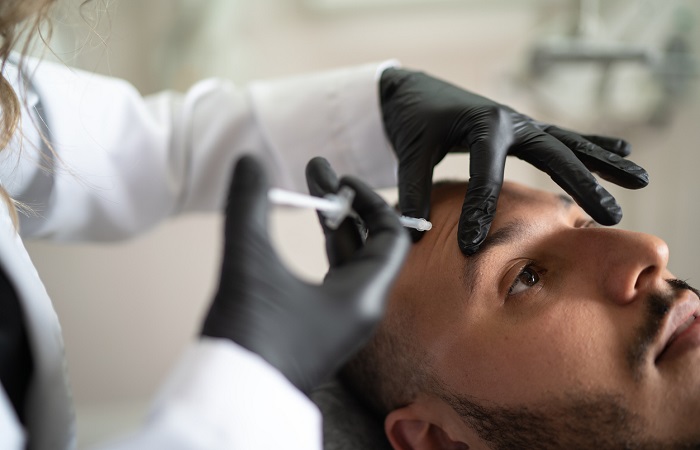With so many skin treatments out there, it can be difficult to determine which one is the best for you, particularly when it comes to anti-aging treatments.
One of the most common treatments is neuromodulators, and are represented by two main options: Dysport and Botox. These two injectables do the same thing: eliminate the appearance of wrinkles and fine lines, resulting in smoother, younger-looking skin.
But despite being similar, they are actually quite different in how they deliver results and function within your body.
Let’s take a look at how neuromodulators work, the basics of each injectable and how they are different.
Table of Contents
Your Guide to Dysport vs Botox!
How Do Neuromodulators Work?
Botox and Dysport work very differently compared to other injectables, such as dermal fillers or Belkyra. While those two usually enhance or alter the volume and collagen of your skin, Botox and Dysport are neuromodulators and work on an entirely different level.
Basically, these injectables work by blocking and paralyzing the nerve signals in the weakened muscles, which in turn results in smoother skin. That’s how these injectables stop the signs of aging, as they prevent and stop the appearance of wrinkles and fine lines.
The Basics of Botox
While many assume Botox is an umbrella term for all neuromodulators, it’s actually the name of a brand. The term is so widespread because it was the first neuromodulator that became available on the market. It was approved by the FDA in 1989 and by Health Canada in 2002.
Botox is made with the toxin, Botulinum Type A, and when used in controlled doses, can reduce the signs of aging, including wrinkles, crow’s feet and fine lines.

More impressively is that botox can help with various medical conditions and pains, including migraines/headaches, TMJ pain and teeth clenching, excessive sweating and muscle pain.
However, when used incorrectly, the toxin can be quite dangerous, which is why it’s important that you always get your injections handled and administered by a licenced and certified professional who has the experience and background knowledge.
The Basics of Dysport
Dysport was first launched in 2009 and is considered to be the “European” version of botox, available in over 60 countries worldwide. It was approved by the FDA in 2009 and Health Canada in 2012.
It has been proven as an effective option for wrinkles, fine lines and other signs of aging. Similar to Botox, it’s the main ingredient is Botulinum Type A, and it works on a very similar level to botox.
The Differences Between Dysport & Botox
On the surface, these two neuromodulators seem the same, but when you look a little closer, you’ll notice distinct differences that separate them. Here is what you should know:
- The concentration level of the ingredients is different, with Dysport being more diluted than Botox, with an average of a 3 to 1 difference. This may mean you might require more Dysport injections than Botox. But that also depends on the area you’re treating.
- On a molecule level, Dysport has a smaller number of molecules meaning that results tend to appear faster than Botox. Dysport is usually 24 hours, while Botox is 72 hours. But this does depend on the area you’re treating.
- Dysport is more useful for treating larger areas as it can diffuse quicker than usual. Botox is great for treating smaller areas, such as facial areas.
- Botox has been proven effective for many medical conditions, while Dysport has none.
- As for results, Dysport lasts between three to four months, while Botox can last between six to nine months.
What’s Best for You?
Choosing between Dysport and Botox ultimately depends on what type of results you’re after and what area of the body or face you’re treating. The best course of action for you to take is to visit a highly trained specialist that has experience in both Dysport and Botox, such as Juvea Medi Spa.
Only trained experts like those at Juvea can assess which injectable is best for you, delivering the results you want.

